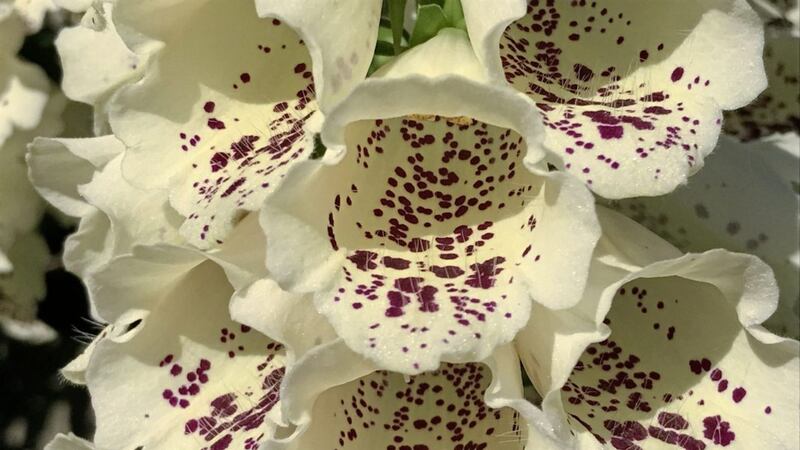THE summer brings a wealth of outdoor activities for children but it's worth remembering that some plants in your garden may be toxic to varying degrees, causing skin irritation or even allergic reaction. Here are five of the most common:
1. Monkshood (Aconitum)
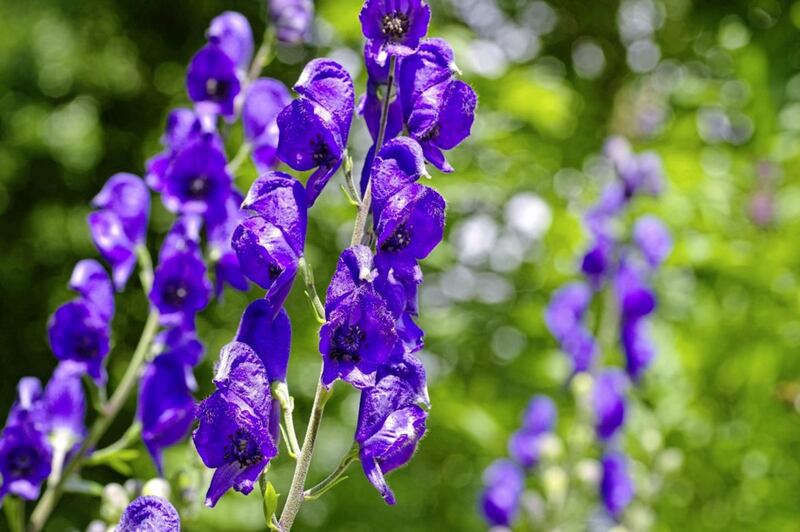
Often planted under trees or spring-flowering shrubs at the back of a border, bearing tall spikes of helmeted flowers in blues and purples in the summer, all parts of the plant are poisonous and a skin irritant, causing burning of the lips and mouth, intense vomiting, diarrhoea and spasms.
2. Laurel
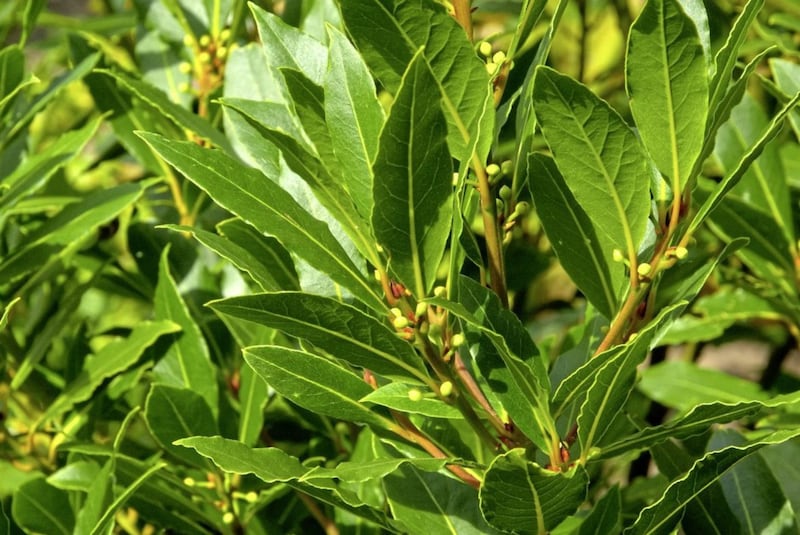
Many of us have laurel in our gardens. But be warned that when you chop your laurel hedge the sap has an unbelievably soporific effect so you may fall asleep.
3. Foxglove (Digitalis)
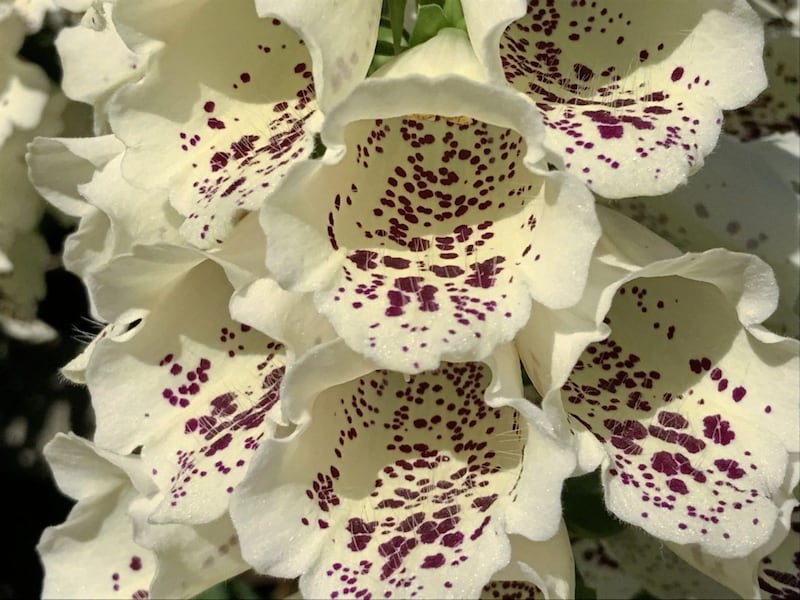
Both the wild and hybrid varieties produce tall spikes bearing bell-like flowers in a variety of colours, and are often grown in partial shade, reaching heights of up to 2m (6ft). All parts of the plant are poisonous.
4. Glory Lily (Gloriosa superba)
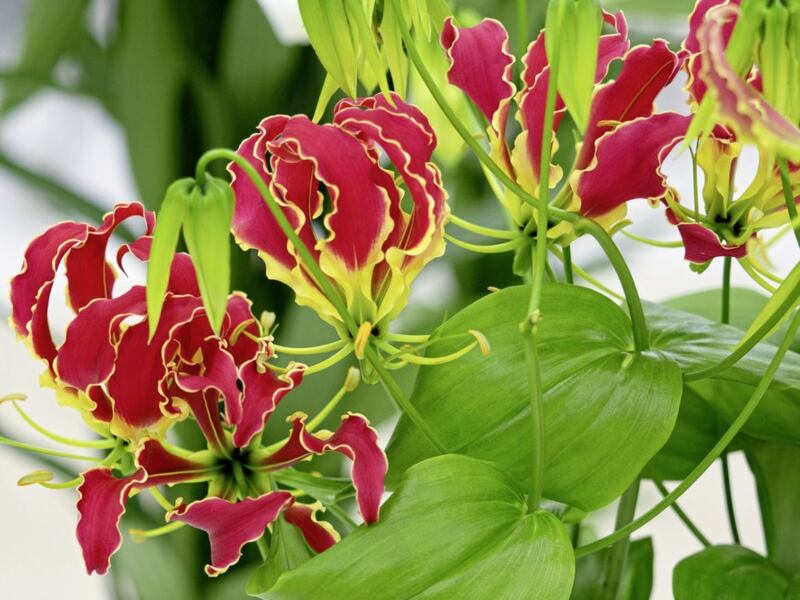
These beautiful summer-flowering climbers, producing red flowers with yellow tips, are often grown on a south-facing patio or in a sunny, sheltered spot. But their beauty belies their toxicity and every part of the plant – particularly the corm – is poisonous.
5. Rue (Ruta graveolens)
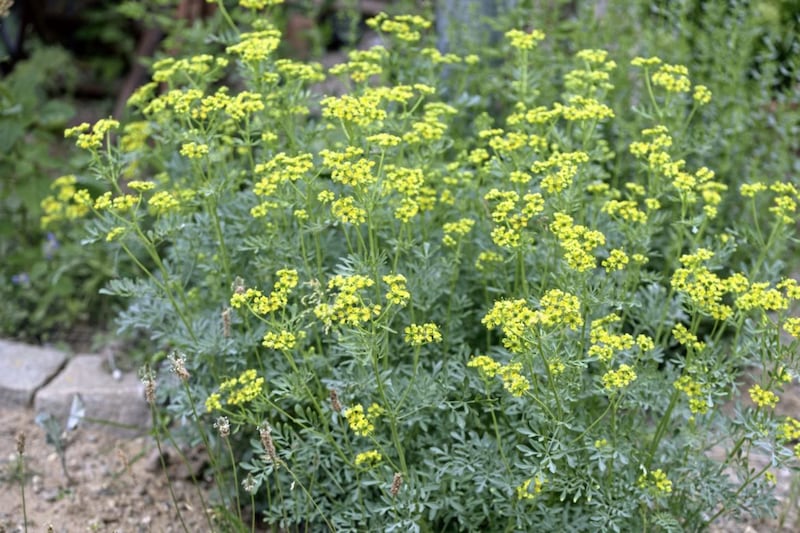
A native of the Balkans, this plant with pretty yellow flowers was historically grown as a medicinal plant known for its antibacterial, anti-viral and anti-inflammatory properties. However, its herbal uses may become insignificant if you get sap on your skin, which in sunlight can cause a blistering reaction which can last for weeks.
What to do in an emergency:
If you think your child has eaten part of a poisonous plant or suffered an allergic reaction to it, don't panic but do seek medical attention from the accident and emergency department of your local hospital, taking a plant sample with you, the RHS advises. The main message from the charity is that you should be aware of the plants which are toxic and teach your children that if it isn't a recognised food, don't eat it. A full list of poisonous plants is available at the RHS website (rhs.org.uk).
